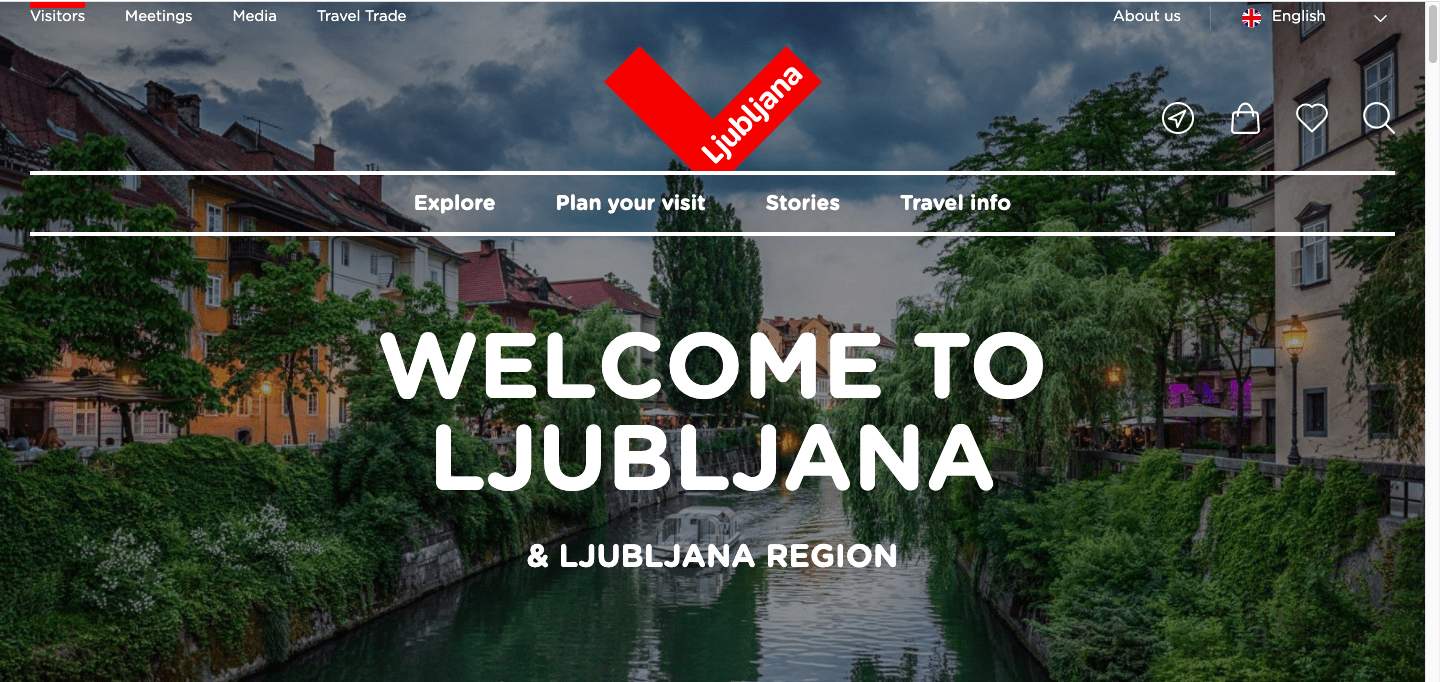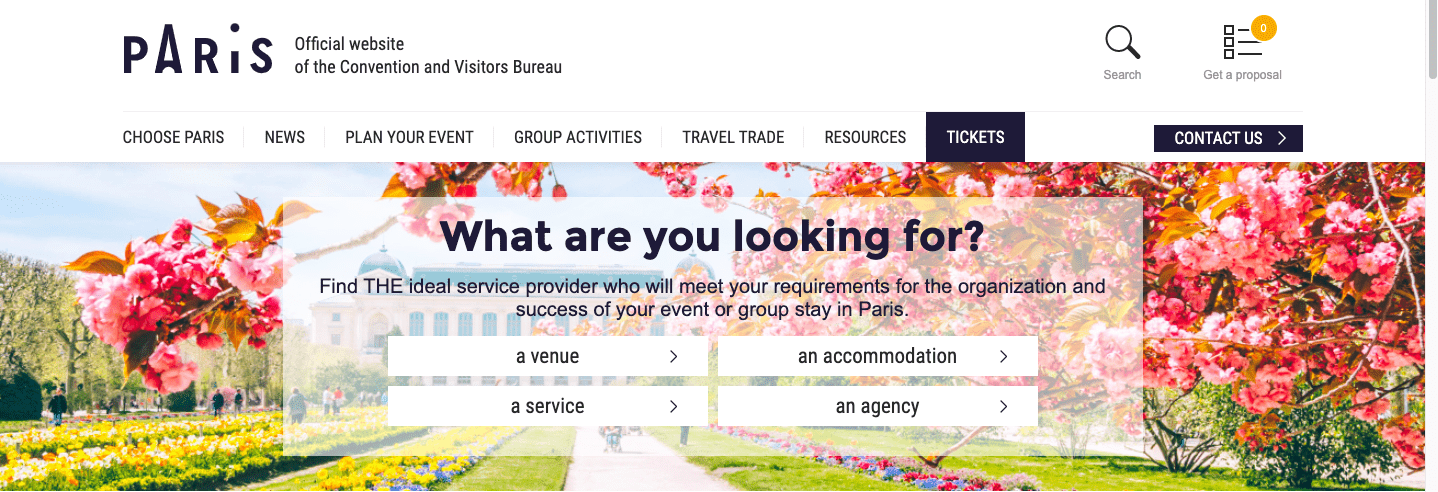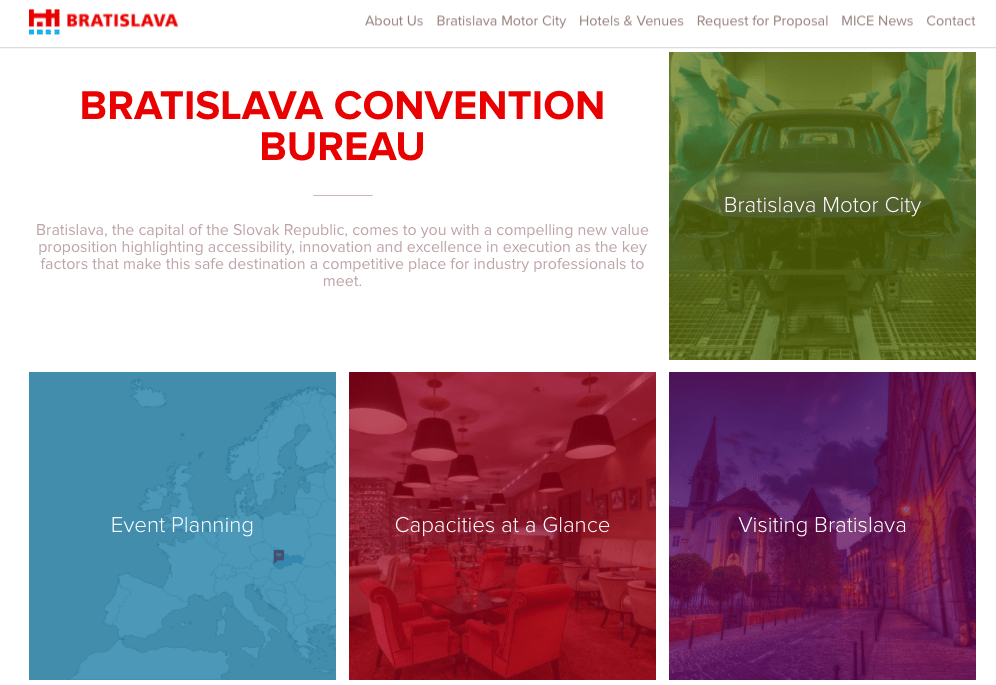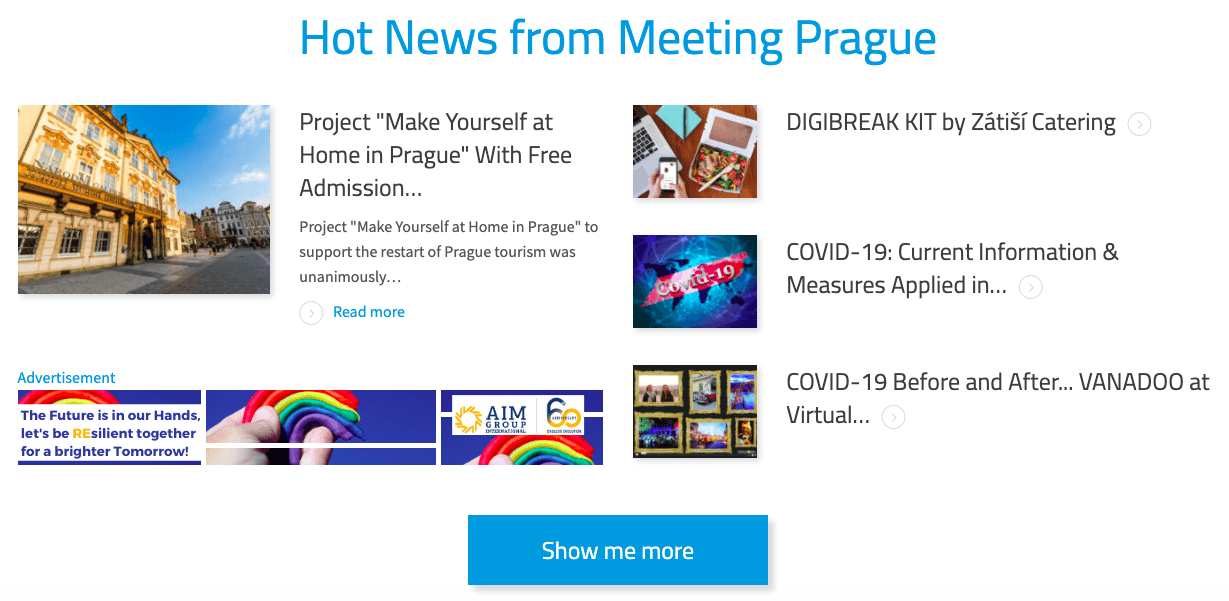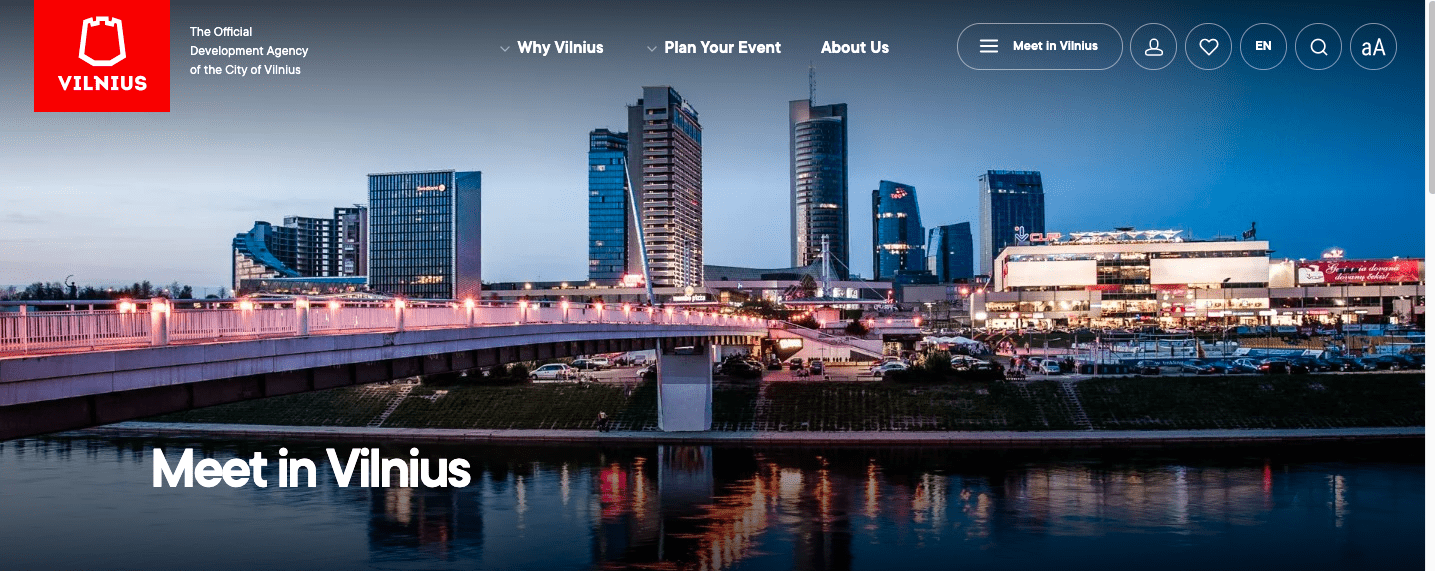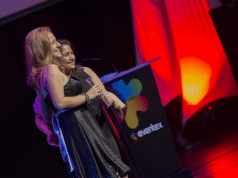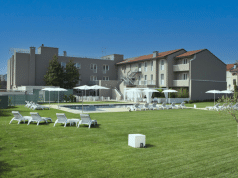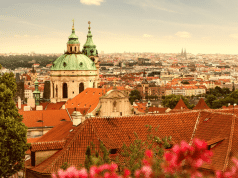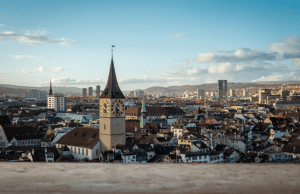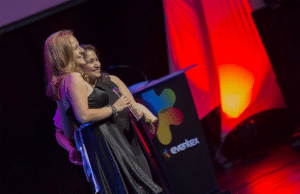Kongres Magazine has prepared a new survey in the framework of Kongres Magazine’s research on the impacts of the pandemic. We are all optimistically looking forward to the end of the crisis that, at least according to most, vaccination brings. However, there are still many open questions that we want to address and thus help you exit the crisis.
Looking at the feedback, event organisers were most interested in what events will look like after the crisis, how relations between stakeholders will change and how strong the new digital event sector will become. We will also try to find the tools and solutions that are worth your money.
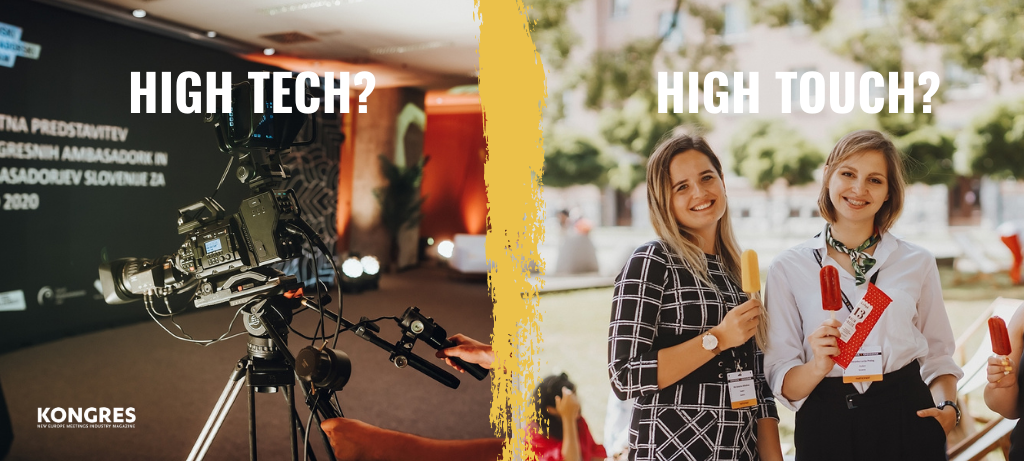
DIGITAL COMMUNICATION DURING COVID-19
In an extensive survey we conducted in May 2020, we were interested in how well the websites of convention bureaus are optimized and how user-friendly they are. We also researched the correlations between social networks, content marketing and user experience and ranked all the criteria on a scale with an index from 1 to 100. All the elements are intertwined and only together make up a well-functioning digital platform.
The average user leaves a website after 8 to 10 seconds if they do not find any useful information. The content of a website is important, if not the most important source of information about the congress offer. At the same time, it is a necessary and indispensable part of online marketing of any destination in the world.
A beautiful design doesn’t help if the site is modest content-wise, and the most advanced technology platform is untapped if the user experience is really poor.
We limited the analysis to 60 destinations in Europe, which are positioned the highest on the ICCA ranking. We paid special attention to assessing communications during COVID, which was defined through various criteria (Covid Health Alert, Covid Destination Microsite, Covid Contact (Blue) Number, Covid Destination FAQ, Covid Destination Campaign).
Our purpose was not to highlight the best and the worst but to highlight the areas where there is the most room for improvement. At least in our opinion, it is wise to use the time of the crisis to optimize web portals and update their content. The study has shown that we still have a lot of room for development in this area.
1. Web domains and hosting
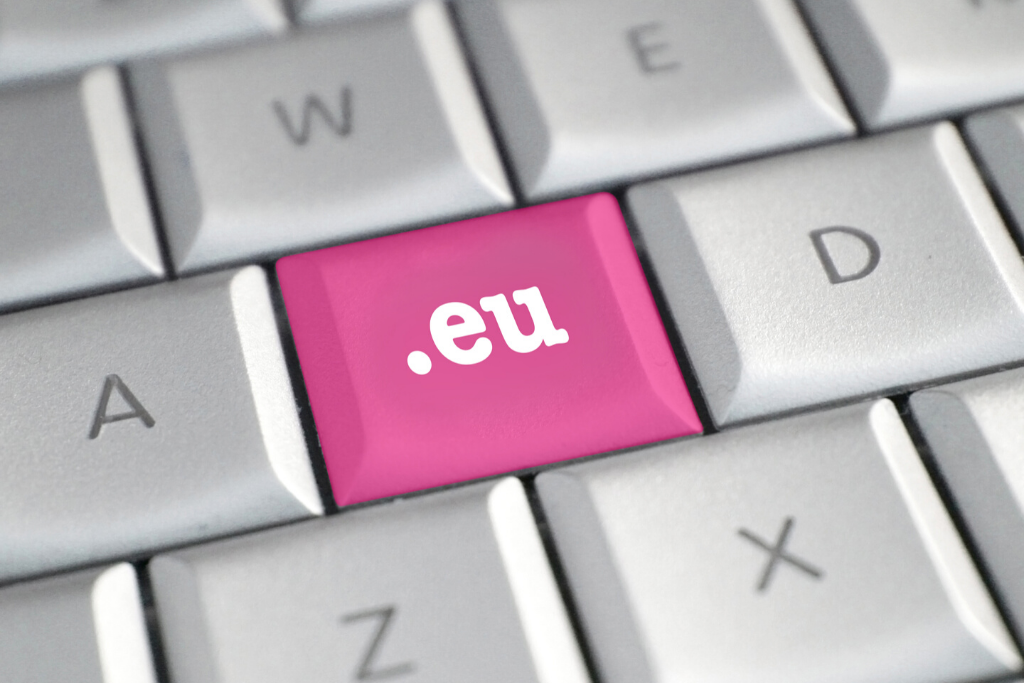
Choosing a domain should be as simple, memorable, and contextual with your keywords as possible. Complicated domains should be avoided. The analysis of domains showed that they use the .com suffix the most (51 %), followed by the national suffix (29 %). Most domains are simple, the problem arises with subdomains of the destination pages, which are usually more complicated and consequently more difficult for meeting planners to find.
Web domains can roughly be divided into two groups:
Convention Bureau with their own domains and hosting (55,99 % analysed websites)
The main advantage of such domains is that they are much simpler, and they already address B2B audiences by keywords. These are meeting planners whom the pages are dedicated to and mostly well optimized.
The biggest drawback is that it is much harder to guarantee return customers on these pages, and the time on site and bounce rate are much worse. All of this can be improved with quality content marketing.
Convention Bureaus with subdomains on the destination site (44,07 % analysed websites)
The main advantage of subdomains is a large visit to all communication channels. However, since quantity is at the forefront, the question of quality arises. A big advantage of greater reach is the possibility of various campaigns in combination with social networks.
The biggest drawback of such sites is their optimization for the MICE segment. This could be illustrated by the conflict of the B2B and B2C audiences, which are partially compatible, but their UX is different. It is the user experience that is their biggest drawback.
2. Website reach (Alexa)
ALEXA (Alexa) is a website for researching keywords, competitors, and comparing website rankings. We have been using it as a reference system for many years, as we believe it reflects the real situation. The ranking shows us, among other things, where the website is located in the search engine. When we are searching for something, we usually look at the first and maybe the second page, and then we stop browsing.
Among twenty pages with a rank lower than 1.000.000, as many as 80 % are part of the websites of DMO’s. This makes sense, as destinations invest large resources into page optimization and in advertising on search platforms. At the top of the Alexa ranking are the websites of Amsterdam, Berlin, Gent, Brussels, Lyon, Stockholm, Tallinn, Athens and Ljubljana.
Among all the analysed pages, some highly optimized websites with their own domains stand out, among them in particular:
- Alexa Rank: 91.516 https://en.convention.parisinfo.com/
- Alexa Rank: 232.166 https://www.esmadrid.com/mcb
- Alexa Rank: 271.312 https://meeting.zuerich.com/
- Alexa Rank: 509.495 https://www.meetriga.com/en/
These websites are school examples of good SEO (Search Engine Optimization). At the same time, these are also websites with good, and above all, current content, which sets them apart from the others.
Destinations that have poorly positioned websites can handle this in two ways:
ON-site optimization or editing within the website itself. This set includes editing the page title, arranging photos, correct word density on a page, speed of operation, outbound links. An integral part of this work is also checking the quality of the content.
OFF-site optimization is focused on obtaining external links, which will transfer their power to your website. To begin with, all members of convention bureaus should connect with your website, which is not a common practice and is an untapped marketing opportunity.
Optimization activities must be well thought out and planned, so of course, it is best to leave them to the professionals with all the necessary knowledge and experience.
3. UX - User dimension
The user of your website is the most important. The key users are meeting planners and the user experience should be completely subordinated to this. Unfortunately, through our analysis, we found that there is the most room for improvement in this area. Most websites follow a generic UX scheme, which consists of sections About, Why Destination, Our Services, News… It seems the destinations have copied the model from each other when creating the destination pages, and only a few actually put the user first.
Among the web portals with excellent user experience, we would like to highlight:
- Salzburg Convention Bureau www.salzburgcb.com
- Paris Convention Bureau www.en.convention.parisinfo.com
- Bratislava Convention Bureau www.visitbratislava.com/convention
- Valencia Convention Bureau www.valenciaconventionbureau.com
- Hague Convention Bureau www.conventionbureau.thehague.com
We find that most websites are well suited for mobile devices. Their share is more than 80 %, but there are still some, where the user experience is good only on a desktop computer.
4. Content analysis of the website
Meeting planners expect to find the most up-to-date and complete information about congress destinations on the website.
We limited our analysis to three key criteria:
- Last News published on the website
- Content Usefulness and venue finder
- Content Relevance
The most critical is the area of publishing current news from the destination. If the last published news is from the summer of 2019, it seems as if the Convention Bureau has shut down. Surprisingly, as many as 37 % of the analysed pages do not have up-to-date information. This is also surprising since current news is the main engine for generating traffic to the website. This will satisfy Google and attract return visitors.
Updating content does not merely mean adding new content
Old content also has to be revived and refreshed. This is especially true for venue finders, where data is not always the most up-to-date and transparent. Almost 85 % of the analysed portals have a search engine (venue finder) built into the portal. Venue finders are more or less high quality and efficient but rarely cover all the capacities at the destination.
Visitors need to be attracted to the website and their regular return to the website must be ensured. The page must always offer something new and attractive. This is why the role of quality content marketing is so important. The data on the share of returning visitors shows how attractive the content of your website is. This is extremely low on all pages, as on average more than 80 % of traffic is generated through search engines.
Among the analysed pages, the following stood out in terms of good content marketing:
- Vienna Convention Bureau www.vienna.convention.at
- Prague Convention Bureau www.pragueconvention.cz
- Glasgow Convention Bureau www.glasgowconventionbureau.com
- Zurich Convention Bureau www.meeting.zuerich.com
- Goteborg Convention Bureau www.goteborg.com/en/convention-bureau
- Zagreb Convention Bureau www.meetinzagreb.hr
5. Communication during COVID-19
The crisis has caught most destinations unprepared
Only a few had crisis management and communication plans in place. Because news travels super fast today, such an approach can lead to a distinct deterioration in relationships with subscribers and stakeholders. It is the worst for providers and destinations who are WITHOUT A COMMENT and that significantly underestimate the importance of strategic crisis communication.
Among the analysed portals, 20 (33 %) did not communicate anything about COVID. A further 11 (18 %) reduced their communication to a basic COVID Health Alert. Only a few destinations provide accurate information on event conditions and hygiene measures during the measure relaxation period.
A more detailed analysis of the data shows the following results:
- 67 % of Destinations put a COVID Health Alert on their website
- 60 % of Destinations created a COVID Destination Microsite
- 45 % of Destinations opened a COVID Contact (Blue) Number
- 12 % of Destinations prepared a COVID Destination FAQ
- 12 % of Destinations carried out a COVID Destination Campaign
Among the more active destinations we can highlight the following campaigns:
- The comprehensive marketing campaign Visit Brussels
- The complex campaign to exit the crisis Helsinki Marketing
6. Social networks

In addition to other functions, social networks are an important facilitator of website visits and increase the visibility of destinations. They also play an important role in influencing the loyalty of customers – meeting planners.
If we analyse the total reach of social networks among the analysed Convention Bureaus, these have the most followers:
- 61,55 % Facebook
- 25,93 % Instagram
- 11,54 % Twitter
- 0,98 % LinkedIn
Of course, these data do not tell us much, as the number of followers can be inversely proportional to their quality.
More interesting, however, is the analysis of data on the correlation between the reach of websites (Alexa) and the reach of social networks. The pages with the highest reach according to Alexa also have the highest number of social media followers.
Let’s look at some examples:
| Paris: | Alexa 91.516 | All followers 1.415.513 |
| Amsterdam: | Alexa 101.479 | All followers 1.526.428 |
| Berlin: | Alexa 179.705 | All followers 2.028.611 |
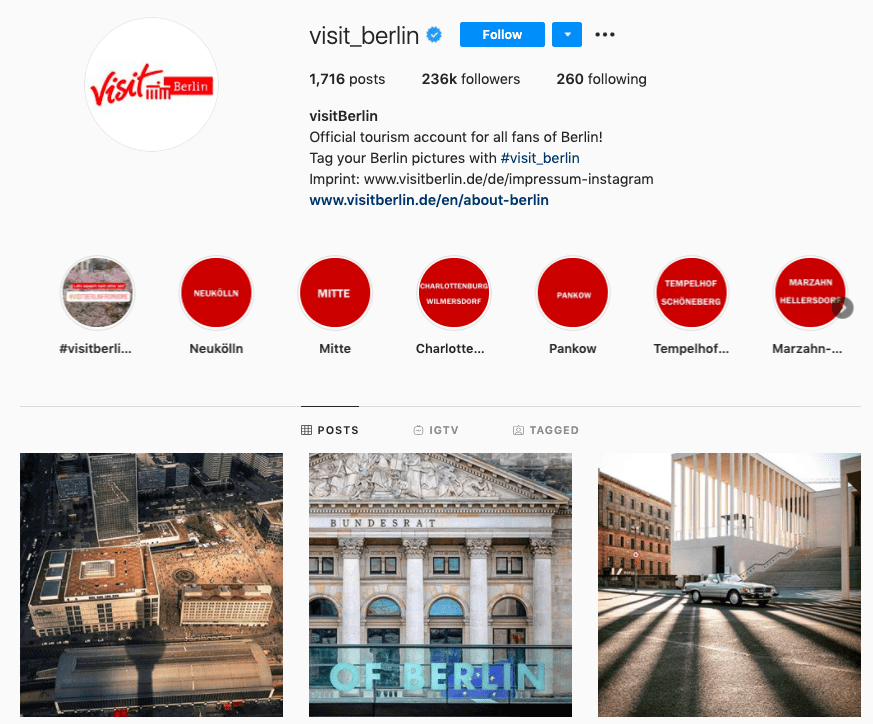
Of course, this does not conclude anything about the quality of individual social networks. That is, at least in our opinion, inversely proportional to the number of followers. Certainly, the followers on LinkedIn carry more weight as followers on Facebook since it is more related to business.
Let’s also look at the proportion of destinations that use individual social networks:
84,15 % of Destinations use Facebook
83,33 % of Destinations use LinkedIn
80,00 % of Destinations use Twitter
71,76 % of Destinations use Instagram
7. Ranking websites by index
Meetings destinations apparently often engage in online presentations spontaneously, and many websites are far from exploiting their full potential.
We ranked individual destinations according to all the above criteria and calculated the average index for individual destinations.
18,33 % index more than 81
21,67 % index 71 – 80
13,33 % index 61 – 70
11,67 % index 51- 60
35,00 % index under 50
Of the 60 analysed portals, 40 % have an index higher than 71, which means that these pages are modern in terms of content and user technology, and are solidly adapted to the latest web standards.
Among them we can highlight websites with an index higher than 80:
| 86 | Paris Convention Bureau | www.en.convention.parisinfo.com |
| 85 | Vilnius Convention Bureau | www.govilnius.lt/meet-in-vilnius |
| 84 | Gent Convention Bureau | www.visit.gent.be/en/gentcongres |
| 84 | Brussels Convention Bureau | www.visit.brussels/en/lists/meetings-homepage |
| 83 | Lyon Convention Bureau | www.events.lyon-france.com/en/convention-bureau |
| 82 | Bratislava Convention Bureau | www.visitbratislava.com/convention |
| 81 | Madrid Convention Bureau | www.esmadrid.com/mcb |
| 81 | Geneva Convention Bureau | www.geneve.com/en/business/convention-bureau/ |
| 80 | Ljubljana Convention Bureau | www.visitljubljana.com/en/meetings/ |
| 80 | Athens Convention Bureau | www.thisisathens.org |
Instead of a conclusion...
A well-designed website is a key competitive advantage of Convention Bureaus and often the first point through which meeting planners get in touch with the destination.
The key goal of most Convention Bureaus is to obtain quality leads, which will be even more digitalized and concentrated around quality websites after the corona crisis. For this reason, it is very important to understand how meeting planners use the website. There is the most room for improvement in this area and it is therefore worth carefully considering what information to offer at different points of travel on your website.
We have put together some more interesting statistics and recommendations to help you improve your online presence.
Statistical data:
84,15 % of Convention Bureaus have a Facebook profile
83,33 % of Convention Bureaus have a LinkedIn profile
80,05 % of Convention Bureaus have a Twitter profile
71,76 % of Convention Bureaus have an Instagram profile
55,99 % of Convention Bureaus have their own domains and hosting
51,11 % of Convention Bureaus use a domain with the .com suffix
41,77 % of Portals do not reach an index of 50, which is the minimum quality index for the online presentation of destinations
40,00 % of Websites have an index higher than 70, according to our analysis
37,15 % of Destinations do not have updated news from the destination
33,33 % of Destinations went into digital silence during the COVID-19 pandemic
Untapped potential:
- Backlinks with all members and partners of Convention Bureaus greatly strengthen the position of your website
- Improving the quality of your venue finders, which are often awkwardly set up and offer insufficient information
- Appropriate equipment for photos with alt texts (surprisingly many pages do not have this sorted)
- Improved web page loading speed (ideally less than 1 second)
- SEO optimization (on-site and off-site)
- Improving the structure of the page, which should be clear and simple
- Good websites are constantly changing. They add quality content according to the wishes of their customers and adapt the design to the latest trends and analytics results.
- Integration of social networks in all segments of the website (on posts, in-page, and on the landing page)
- Connecting on-line and off-line activities and this way keeping in touch with meeting planners even after they leave your site
- Marketing automation in combination with content marketing is extremely effective, but underutilized



